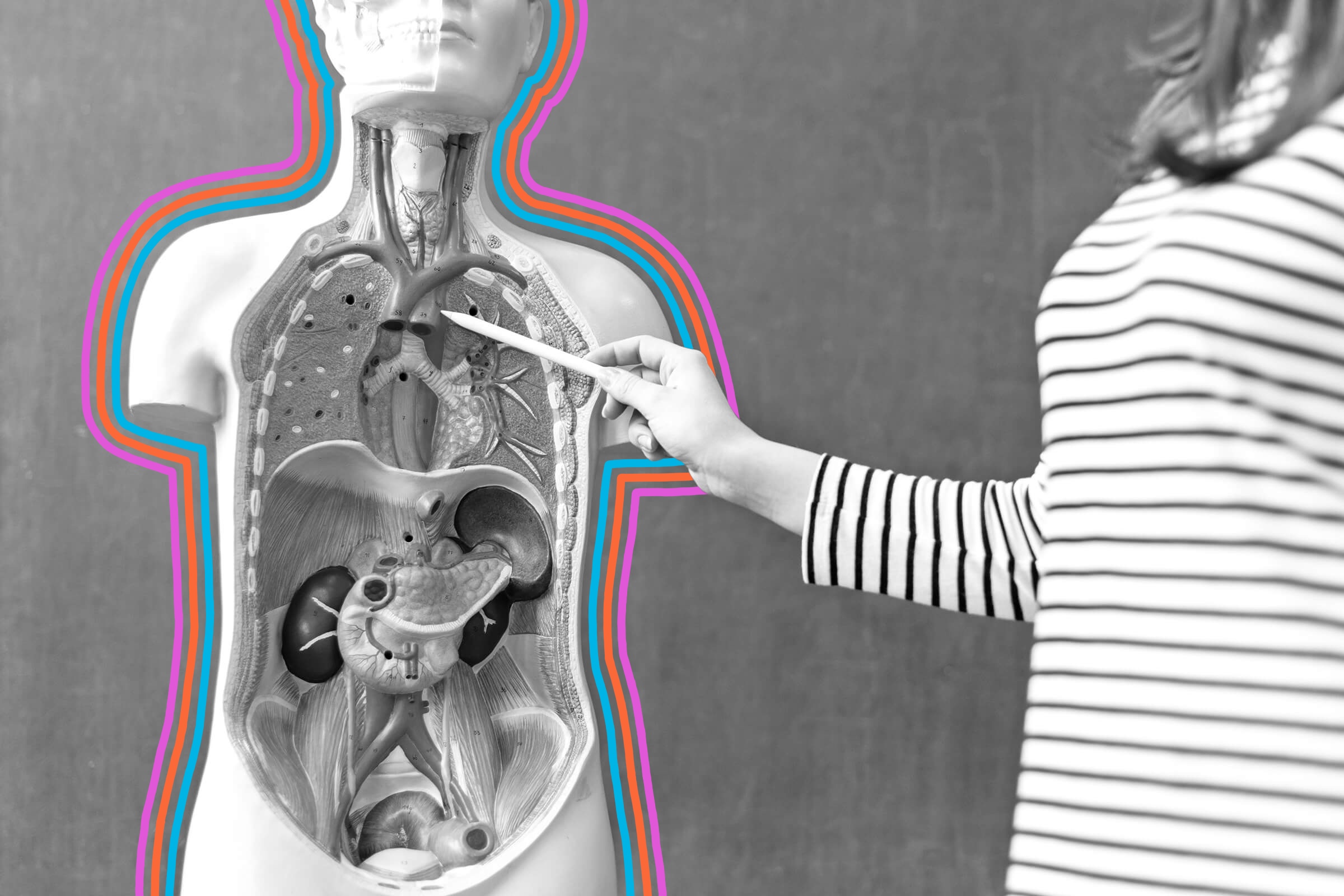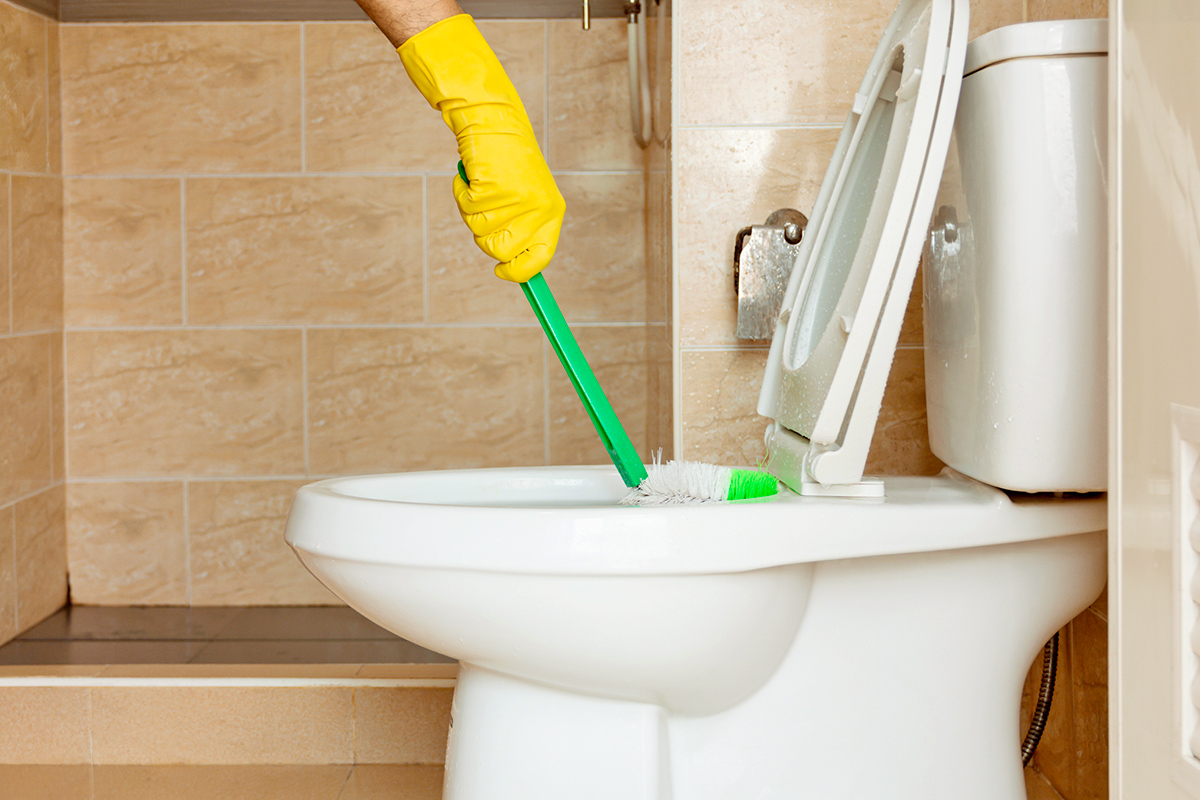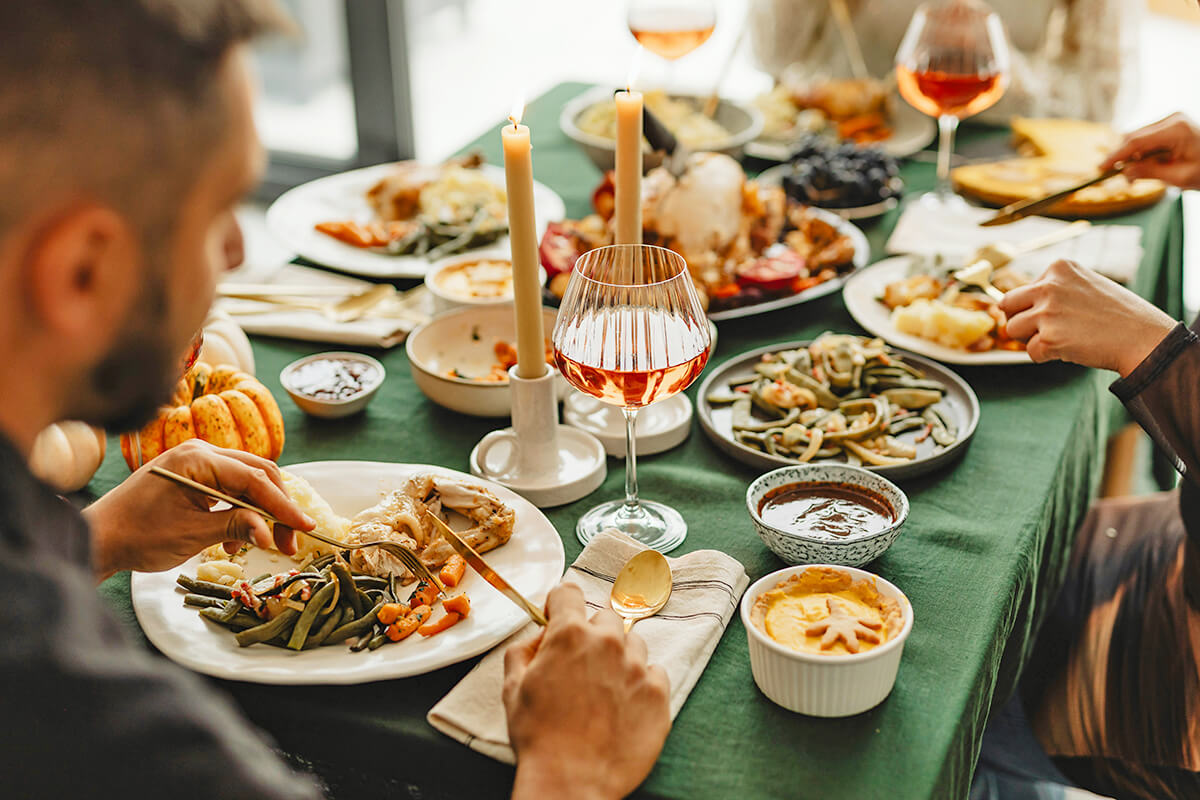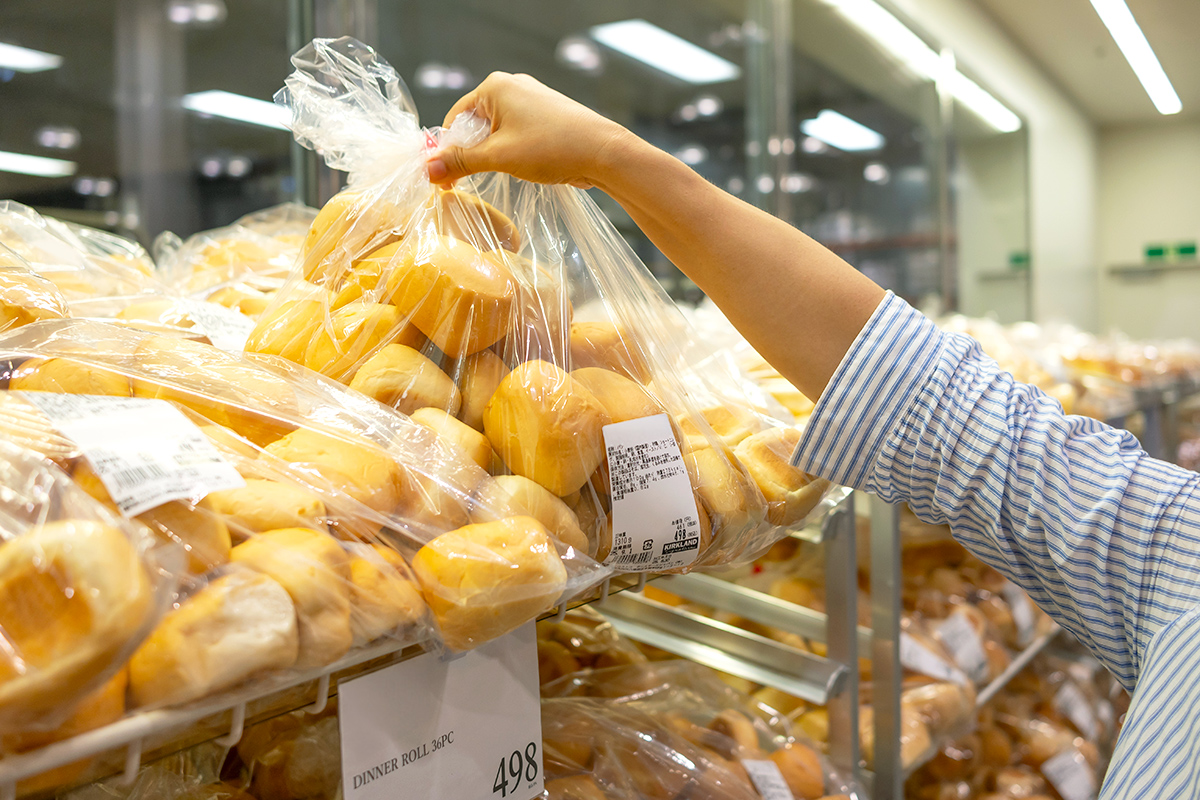Summer kicks off the much-anticipated grilling season. On sweltering days when it’s simply too hot to turn on the oven, the grill offers an outdoor respite with faster cooking times. Even those who can’t grill at home likely have opportunities to do so at state parks or backyard cookouts.
With summer in full swing, now is the perfect time to review grilling safety. As a trained chef and a former food safety trainer, I’ve identified six of the most dangerous grilling mistakes people consistently make.
1. Not Performing a Safety Check
Before you start using your grill for the season, give the grill itself (and your chosen spot for using it) a good, hard look.
First, make sure your grill is on a flat, stable surface to prevent it from rolling or tipping during use. If you have a heavy kamado-style charcoal burner, you’ll want to verify that your deck or patio can support its weight. Next, check that no flammable materials are close to your grill, and especially that nothing overhangs it.
With a charcoal grill, make sure the vents move freely, so you can control how hot the coals get. For a gas grill, check the lines for leaks and give the burners a quick once-over to confirm they’re not blocked and that no critters have taken up residence over the winter. At this point, your grill should be ready for the season, but always give it a quick scan before each use, just in case. With gas grills, inspecting the line for leaks each time you change the propane tank is especially sensible; for piped-in gas, remember to check every couple of weeks.

More from our network
House Outlook is part of Inbox Studio, which publishes content that uplifts, informs, and inspires.
2. Not Guarding Against Cross-Contamination
Cross-contamination is the single biggest food safety threat you face while grilling, even more so than doneness (a topic we’ll get to shortly). I won’t lie: This is my biggest bugbear when eating at someone else’s get-together. Essentially, cross-contamination occurs when you accidentally allow something potentially dangerous (think raw chicken juices) to come into contact with something that’s going to be eaten, such as already-cooked meats or salad.
This can happen in many ways, but unwashed hands are among the biggest culprits. If you don’t have soap and running water outside for hand-washing, use hand sanitizer instead. Keep raw and ready-to-eat foods separate, using different cutting boards and utensils for each during kitchen prep, and again outside while grilling. And never put cooked food back on the same plate or tray that held raw food.
Gloves can help, but only if you change them every time you would otherwise wash or sanitize your hands. Failing to do so will simply spread bacteria. I would suggest reading the USDA’s guide to grilling food safely or the CDC’s basic steps for food safety. Nothing takes the shine off a fun day quite like getting people sick.

3. Not Cleaning the Grill Before You Cook
This is another preoccupation of mine, though I forget sometimes, just like anyone else. There are people who believe that the blackened gunk stuck to the grill grate “adds flavor” to grilled foods, but that couldn’t be further from the truth.
The stuck-on residue of your last few grilled meals is nasty stuff. First, it provides a home for bacteria to thrive on a surface intended for food. That’s a bad idea, because while the heat may kill them, it’s not guaranteed. Second, it adds a concentrated dose of the cancer-causing compounds found in charred foods. As for adding flavor, what you’re actually getting is the bitterness of burnt food with a chaser of rancid fats.
The best time to clean the grate is while it’s hot, either immediately after use or after preheating the grill for your next cookout. Scrapers or a sturdy brush work great for day-to-day cleaning. Do not use old-school brushes with wire bristles, as these can detach, end up in your food, and potentially get stuck in your throat or, even worse, perforate an intestine.



4. Overlooking Fire and Burn Prevention
While gas and charcoal grills each have their own fanbase, both involve working with live flame — and even electric grills generate substantial heat. So, if you aren’t thinking about fire and burn prevention, you’re asking for trouble.
A good starting point is using extra-long grill utensils instead of regular tongs and spatulas from your kitchen. Avoid wearing long sleeves or flowing clothes while grilling, because those have a nasty way of catching fire. You should also have adequate hand protection, such as silicone oven mitts or heat-resistant barbecue gloves, for handling grill baskets, metal skewers, or anything else that’s too heavy or awkward to move with tongs.
Some grills have special requirements. With kamado-style cookers such as the Big Green Egg, you may need to “burp” the lid before opening it fully, lest you lose your eyebrows. Having burn cream or aloe vera gel on hand is also a good idea. And I strongly recommend having either a fire blanket or a fire extinguisher readily available should a flare-up get out of hand.

5. Not Accounting for the Fat
What makes the best hamburgers? Beef that’s not too lean — 80% lean and 20% fat is ideal. What makes a great steak or pork chop? The marbling, or the fat in the muscle. What helps keep the juices inside those chicken legs? The fatty skin, of course. And what makes sausages so juicy and delicious? You see the pattern.
While many of our favorite grilled foods are rich with fat, that fat has to go somewhere during grilling. Often, it drips down onto the coals or burners, where, if you’re lucky, it incinerates immediately. If you’re unlucky, it causes a big flare-up that, at best, chars your food and, at worst, starts a dangerous fire. So, how can you avoid this?
Your best bet is to set up your grill with one hot side and one cooler side. On a gas grill, this means leaving one side off while heating with the other. On a charcoal grill, move all of the coals to one side. If you do most of your cooking on the cool side, fat can drip down without catching fire (you can even keep a pan underneath to catch it). Then, when the food is almost ready, you can move it to the high-heat side to get a perfect sear. This method is physically safer (less chance of a fire), improves food safety (no more “black outside, raw inside” chicken), and is ultimately the best way to grill most foods.

6. Guessing When Things Are Done
The last mistake I’ll address is meat doneness. This is a real bone of contention for many people because the USDA’s official guidance for meat and poultry temperatures is conservative by design. For example, the suggested temperature for steaks and chops is 145 degrees Fahrenheit, which falls somewhere between medium and medium-well doneness. For burgers, the recommended temperature is 160 degrees Fahrenheit. Deciding whether to consume anything cooked to below that temperature is a judgment call. (If you’re pregnant, nursing, or immunocompromised, please play it safe.)
Whatever level of doneness you prefer, for either culinary or food safety reasons, hitting it accurately is important. Most rules of thumb, such as prodding your steak with a finger or watching for the juices to run clear (in the case of poultry), are unreliable. Sure, steakhouse cooks can do it, but it takes tens of thousands of steaks to get to that level of expertise, and you likely aren’t cooking them that often.
The only way to gauge the correct temperature is to buy and use a good thermometer. You can opt for an instant-read thermometer for spot checks, or a leave-in thermometer for long-cooking barbecue or whole birds. Either way, you’ll know exactly when you’ve reached the desired temperature.


















